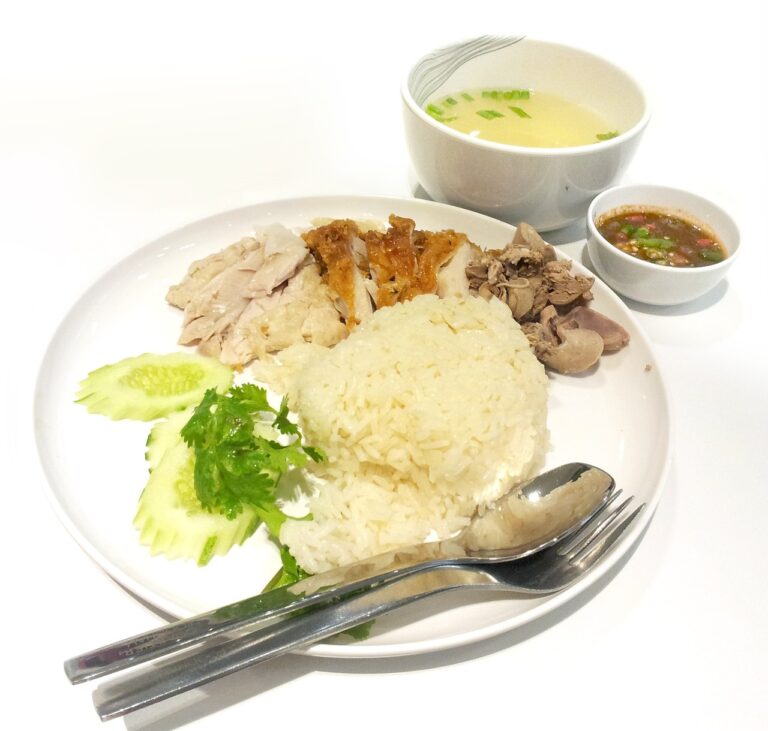The Future of Food Technology: Harnessing Biotechnology for Sustainable Agriculture
Traditional agriculture faces a multitude of challenges in the modern world. One of the primary concerns is the reliance on outdated farming practices that may not be sustainable in the long run. This includes overuse of chemical fertilizers and pesticides, leading to soil degradation and water pollution. Additionally, the lack of crop rotation and monocropping practices can deplete the soil of essential nutrients, impacting the overall yield and quality of produce.
Another significant challenge is the vulnerability of traditional agriculture to climate change and extreme weather conditions. Unpredictable weather patterns, such as prolonged droughts or severe storms, can devastate crops and livelihoods of farmers. Moreover, the lack of access to modern technologies and resources puts traditional farmers at a disadvantage in terms of efficiency and productivity compared to their counterparts utilizing advanced agricultural methods.
Benefits of Biotechnology in Agriculture
One of the significant advantages of utilizing biotechnology in agriculture is the potential to enhance crop yield and quality. Through genetic modification, crops can be engineered to be more resilient to pests, diseases, and harsh environmental conditions, resulting in higher productivity and better crop quality. This can help address food security issues by ensuring a more reliable and abundant food supply for a growing global population.
Furthermore, biotechnology allows for the development of crop varieties with improved nutritional profiles, such as increased levels of essential vitamins and minerals. This can have a positive impact on public health, particularly in regions where certain nutrient deficiencies are prevalent. By harnessing the power of biotechnology in agriculture, researchers and farmers can work together to cultivate crops that not only provide higher yields but also offer improved nutritional value, contributing to a healthier and more sustainable food system.
Genetically Modified Organisms (GMOs) in Food Production
Genetically Modified Organisms (GMOs) have been a topic of growing controversy in the realm of food production. Proponents argue that GMOs hold the potential to address issues such as world hunger and food insecurity by increasing crop yield and resilience to pests and diseases. On the other hand, critics raise concerns about the long-term health and environmental impacts of introducing genetically modified crops into the ecosystem.
Despite the ongoing debate, GMOs have undeniably made a significant impact on the agricultural industry. Farmers using genetically modified seeds can benefit from increased productivity and lower production costs. Additionally, genetically modified crops have the potential to reduce the need for chemical pesticides and herbicides, leading to a reduction in their harmful effects on the environment and human health.
What are the challenges faced in traditional agriculture?
Challenges in traditional agriculture include limited crop yield, susceptibility to pests and diseases, and reliance on chemical pesticides and fertilizers.
How can biotechnology benefit agriculture?
Biotechnology can benefit agriculture by increasing crop yield, improving crop resistance to pests and diseases, reducing the need for chemical pesticides, and enhancing nutritional value.
What are Genetically Modified Organisms (GMOs) and how are they used in food production?
GMOs are organisms whose genetic material has been altered using biotechnology. In food production, GMOs are used to create crops with desired traits such as resistance to pests, diseases, and herbicides.
Are GMOs safe for consumption?
The safety of GMOs for consumption is a topic of ongoing debate. Regulatory agencies around the world have deemed GMOs safe for consumption based on scientific evidence, but some concerns remain regarding long-term effects on human health and the environment.
Can GMOs help address food security issues?
GMOs have the potential to address food security issues by increasing crop yield, improving crop resilience to environmental stress, and enhancing nutritional content. However, challenges such as regulatory hurdles and public perception may hinder their widespread adoption.







